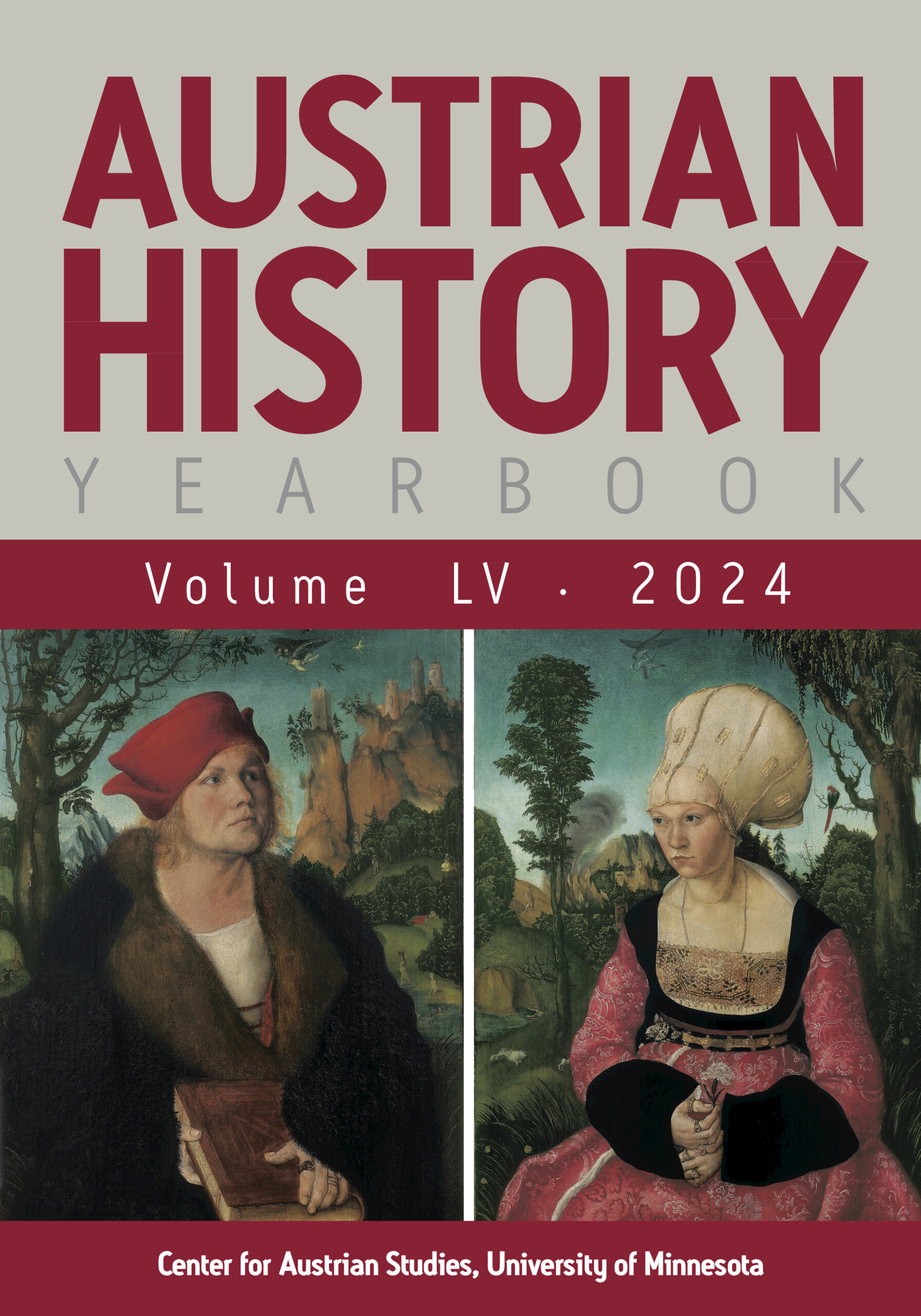In recent years, scholarship on political economy has paid considerable attention to the cultural, political, and theoretical incentives that fundamentally affected the formation of modern economic thinking in Europe by the High Enlightenment. Bringing the concepts of international competition and emulation to the fore in research, the investigation of interstate relations and the transmission and dispersion of economic ideas and practices on sub- and supranational levels led to a reappraisal of the old labels of mercantilism, physiocracy, and cameralism. In this context, the European discussions on the “jealousy of trade” have been characterized by the individual and collective efforts that adapted economic policies to particular settings. In his new book, Simon Adler (Honorary Associate, Austrian Academy of Sciences) builds on his thesis, tracing an unknown case and joining the ongoing discussion by exploring the intellectual progress of the prolific but rather unknown financial expert Ludwig Zinzendorf.
Considering its subject, the book's perspective is both narrower and tighter than an average intellectual biography. On the one hand, it goes beyond the biographical scope and describes the conceptualization of a sophisticated financial program with particular regard to monetary policy and the bank system. On the other hand, the volume also sheds light on the main stages of Zinzendorf's career and individual contribution, inspired and coordinated by the chancellor Wenzel Anton Kaunitz and his circle of protégés. The main concern of the book is to display the attempts of Ludwig Zinzendorf, the elder half-brother of Karl von Zinzendorf, to introduce a developed economic and financial discourse to the Habsburg monarchy. Here, it is important to note that despite Zizendorf's intentions, his economic proposals did not alter the conceptual framework in which the “jealousy of trade” discourse was fundamentally implemented in the Habsburg monarchy. Owing to the English and French stimuli, it rather aimed at developing the financial and credit system of the monarchy and employing new equipment to run and uphold the fiscal-military state.
The book discusses Zinzendorf's intellectual advancement through seven richly detailed chapters, each revealing new installments to both the theoretical and practical side of eighteenth-century disputes on political economy. Beyond the introductory parts encompassing conceptual, methodological, and historiographical elucidations, chapters 1 and 2 offer insights into the sociocultural context of Zinzendorf's life, providing an outline of his family background, education, and the early stages of his career, as well as his relationship with Kaunitz. This was also an intellectually formative period, one that gave Zinzendorf the opportunity to collect firsthand experiences on the French economy and establish important relationships with local experts. From chapter 3 onward, the book applies a comparative perspective and focuses on the official memoranda, proposals, translations, studies, and readings that shaped Zinzendorf's economic orientation. While chapter 2 gives a detailed account of Kaunitz's French ambassadorial mission (1750–52), chapter 3 is devoted to the different texts of French political economists (Jean-François Melon and Jacques Vincent de Gournay) whose ideas substantially influenced Zinzendorf's ideas on taxation, banking, and state credit. Chapter 4 explores the transmission of the theories of English political economists (John Law, David Hume) in the French context, particularly the arguments on currency manipulation. Chapter 5 follows this line of thought and sheds light on the new and ambitious plans outlined in the context of the upcoming conflict with Prussia and the liquidity problems faced by the monarchy during the Seven Years’ War, aiming to introduce a credit system (a stock exchange and a “political” bank). The subsequent sections of chapter 6 provide an overview of the economic policy of Kaunitz and Zinzendorf and aim to delineate the different aspects of economic decision making in the monarchy, while portraying the protagonist as one of the influential reformers and promoters of advanced economic thought in Europe.
In the conclusion, Adler claims that in the examined period economic thinking operated in a somewhat dual setting. Owing to Justi's and Sonnenfels's textbooks, while the growing expansion of late cameralist ideas culminated in academic discourse, economic policy making was impacted considerably more by the transmission of Melon's neo-Colbertism. This dual setting may have merited a more careful contextualization. In spite of the comparison with Justi and Sonnenfels at the end of the chapter, Zinzendorf's eminent ability seems to stand out among the mediocre cameralists. Thus, the book's final judgment is ambiguous because it favors Zinzendorf as the most advanced economist, whose expertise was beyond the proficiency of contemporary cameralists and any other experts in the monarchy.
The greatest value of the volume lies in its comparative analysis. Owing to Adler's thorough archival research, during which he unearthed several overlooked records in both French and Austrian collections, the author can impressively demonstrate the elder Zinzendorf's intellectual progress. In many respects, the way in which Adler frames Zinzendorf's contribution, while seeking to investigate an unexplored segment of the history of German economic thought, confronts the conventional interpretations of political economy. The author navigates his readers with considerable confidence over the seven well-detailed chapters. Due to the long descriptions and thorough analysis of Zinzendorf's economic texts, the book reads rather easily for experts. All in all, the book merits scholarly attention and hopefully will lead to further contributions in the field.


